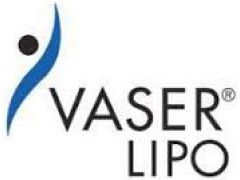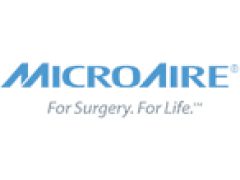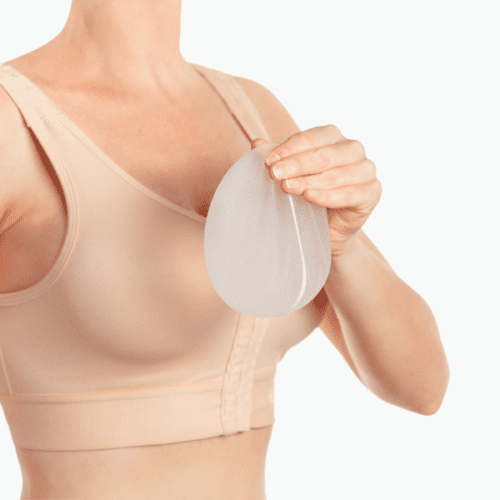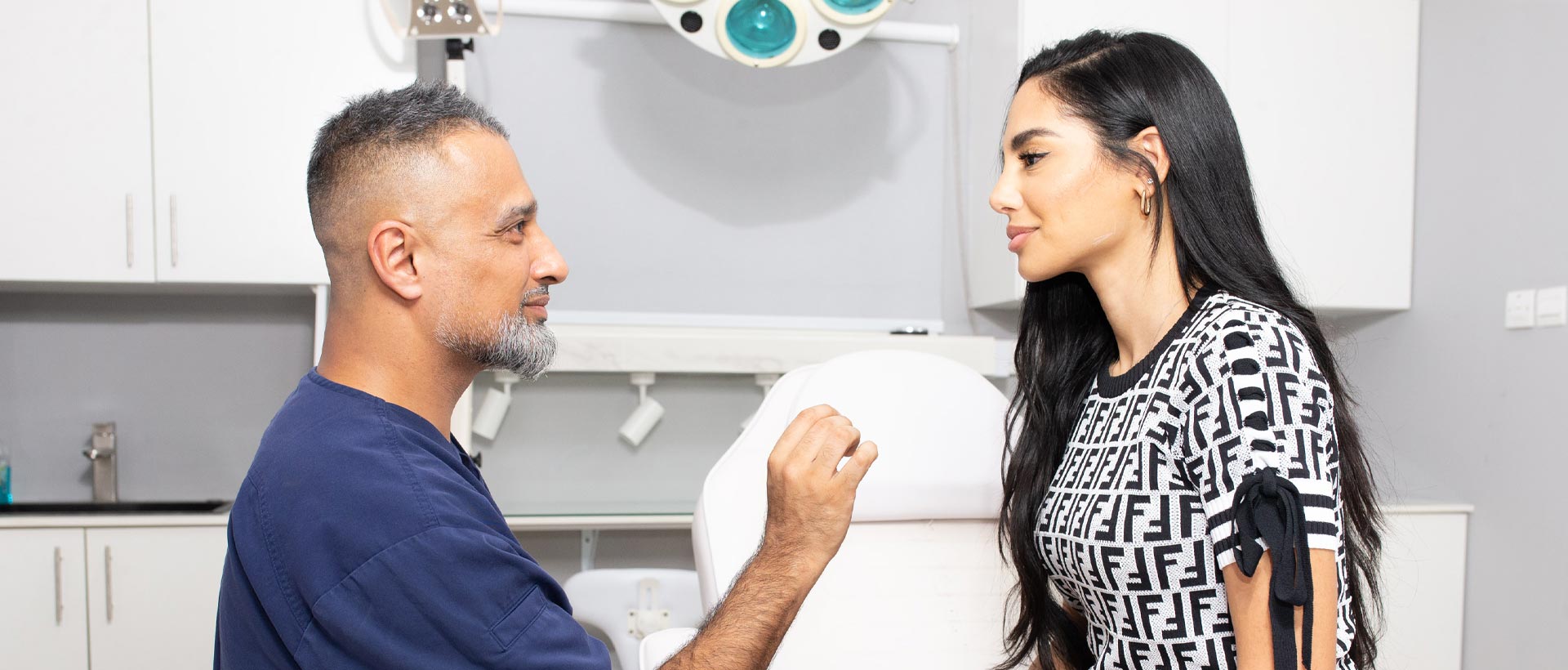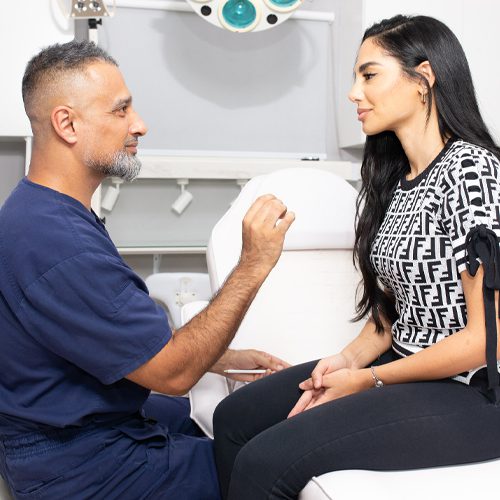
Treatments — Body
Thigh Liposuction

Thigh liposuction is a popular cosmetic procedure that removes excess fat from the thighs. It is used to improve the shape and contour of the thighs, creating a smoother and more sculpted look. The procedure is performed using a small tube called a cannula, which is inserted into the area of the thigh that needs to be slimmed down. During the procedure, the fat cells are broken down and suctioned out. The recovery process is relatively short, with most patients being able to return to their normal activities within a few days. The results of thigh liposuction are typically long lasting and permanent, as long as the patient maintains a healthy diet and exercise regimen. Thigh liposuction can be used to contour and shape the thighs, creating a more aesthetically pleasing look. It can also help to reduce the appearance of cellulite and stretch marks on the thighs, as well as to correct any asymmetry in the thighs. For those looking to improve the appearance of their thighs, thigh liposuction may be the perfect procedure.
Brands We Trust
At a Glance
Duration
2 hours
Anaesthetic
General
Overnight Stay
0 Days
Return to work
7 Days
Return to exercise
4-6 Weeks
Final result
6 Months
At a Glance
Thigh liposuction is a cosmetic procedure that removes excess fa t from the thighs, creating a more sculpted and toned appearance. It is a popular choice among those looking to improve the shape and contour of their thighs. During the procedure, a small tube called a cannula is inserted into the area of the thigh that needs to be slimmed down. The cannula is used to break down and suction out the fat cells in the area.
The thigh is divided into three distinct areas for the purposes of liposuction: the medial thigh, the saddlebag area, and the medial knee. The medial thigh is the area that runs along the inner thigh, from the groin to the knee. This area can be difficult to slim down with diet and exercise alone, making it an ideal candidate for liposuction. The saddlebag area is the area on the outside of the thigh, near the buttocks. This area can also be difficult to slim down, and liposuction can help to contour and sh ape the area. The medial knee area is the area on the inside of the knee, and liposuction can help to reduce the appearance of any excess fat in this area.
Although thigh liposuction can be a very effective way to slim down the thighs, it is important to be aware of the potential risks and complications associated with the procedure. One of the most common risks is contour irregularities, which occurs when the fat is removed unevenly, creating an uneven or bumpy appearance. Other potential risks include infection, bleeding, and nerve damage. It is important to discuss all the potential risks with your doctor before undergoing the procedure, so you can make an informed decision.
Overall, thigh liposuction can be an effective way to improve the shape and contour of the thighs. It can help to reduce the appearance of cellulite and stretch marks, as well as to correct any asymmetry in the thighs. However, it is important to be aware of the potential risks and complications associated with the procedure, and to discuss them with your doctor before undergoing the procedure.

FAQs
Thigh liposuction is typically performed under local anaesthesia. This means that the area to be treated is numbed with a local anaesthetic, and the patient remains awake during the procedure.
The results of thigh liposuction are generally visible within a few weeks after the procedure. However, it can take up to several months for the full effects to be seen.
Thigh liposuction is generally considered to be a safe procedure, as long as it is performed by a qualified and experienced surgeon. However, it is important to discuss all of the potential risks and complications with your doctor before undergoing the procedure.
The results of thigh liposuction are generally long lasting and permanent, as long as the patient maintains a healthy diet and exercise regimen.
The recovery process from thigh liposuction is generally quite short, with most patients being able to return to their normal activities within a few days. However, it is important to follow your doctor’s instructions during the recovery process to ensure the best possible outcome.
FAQs
